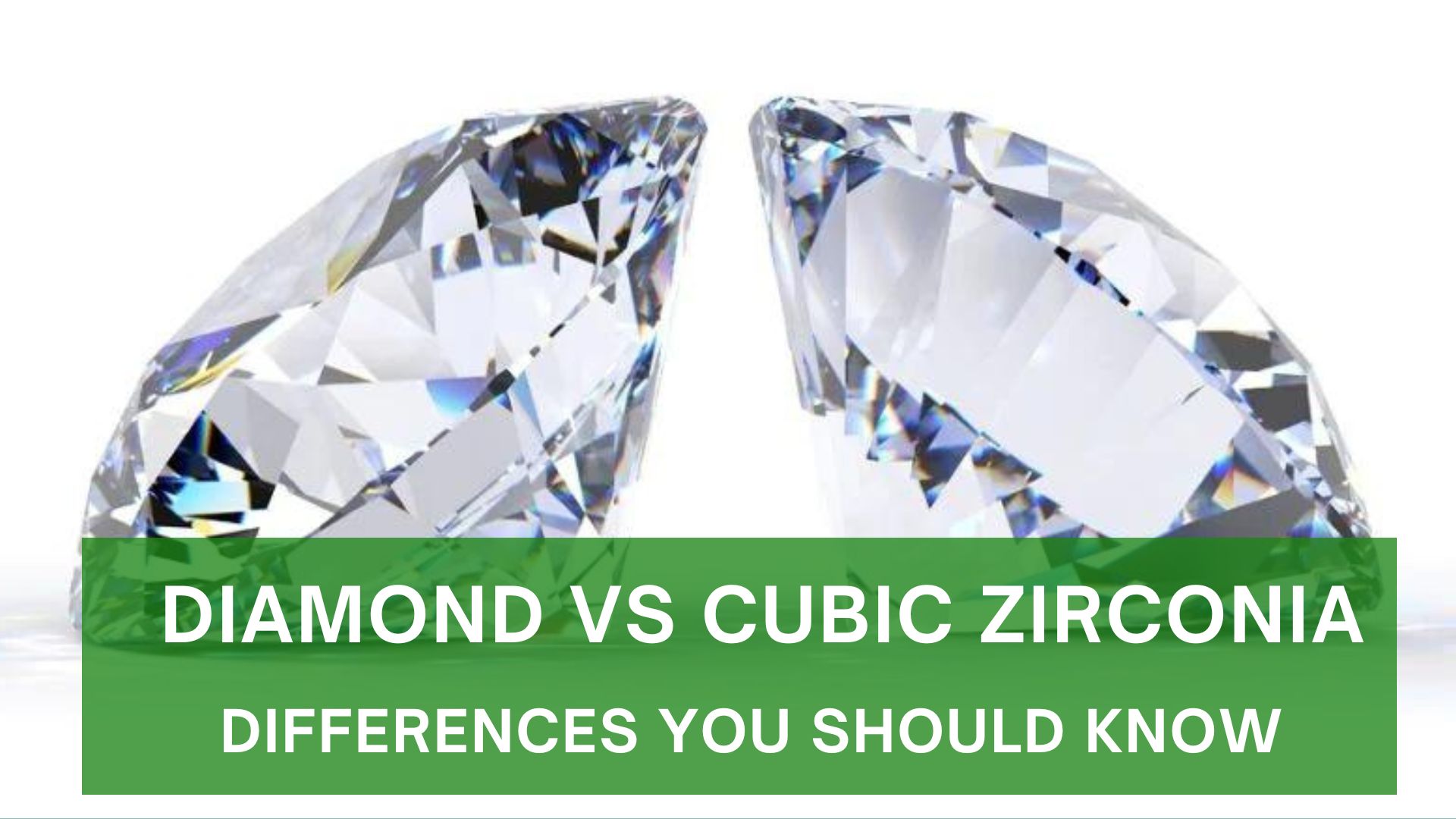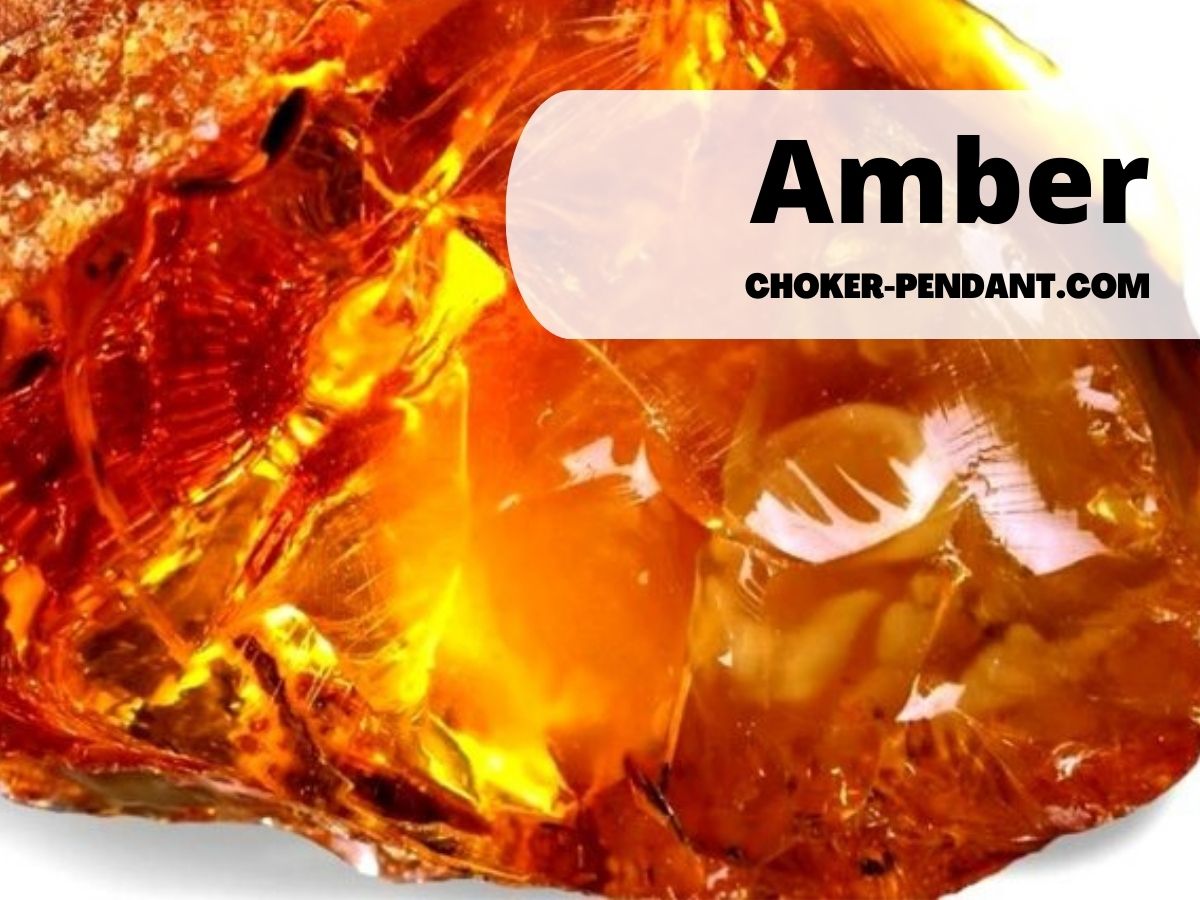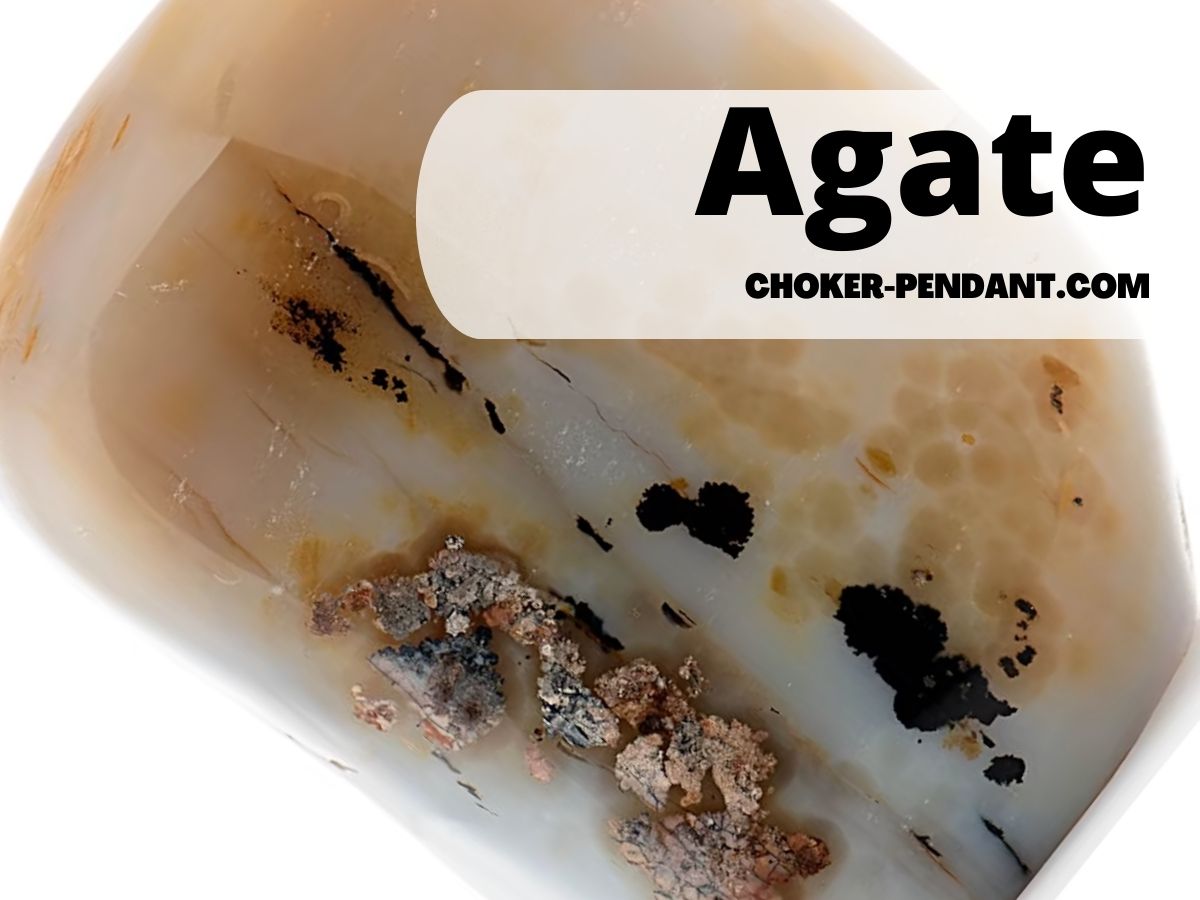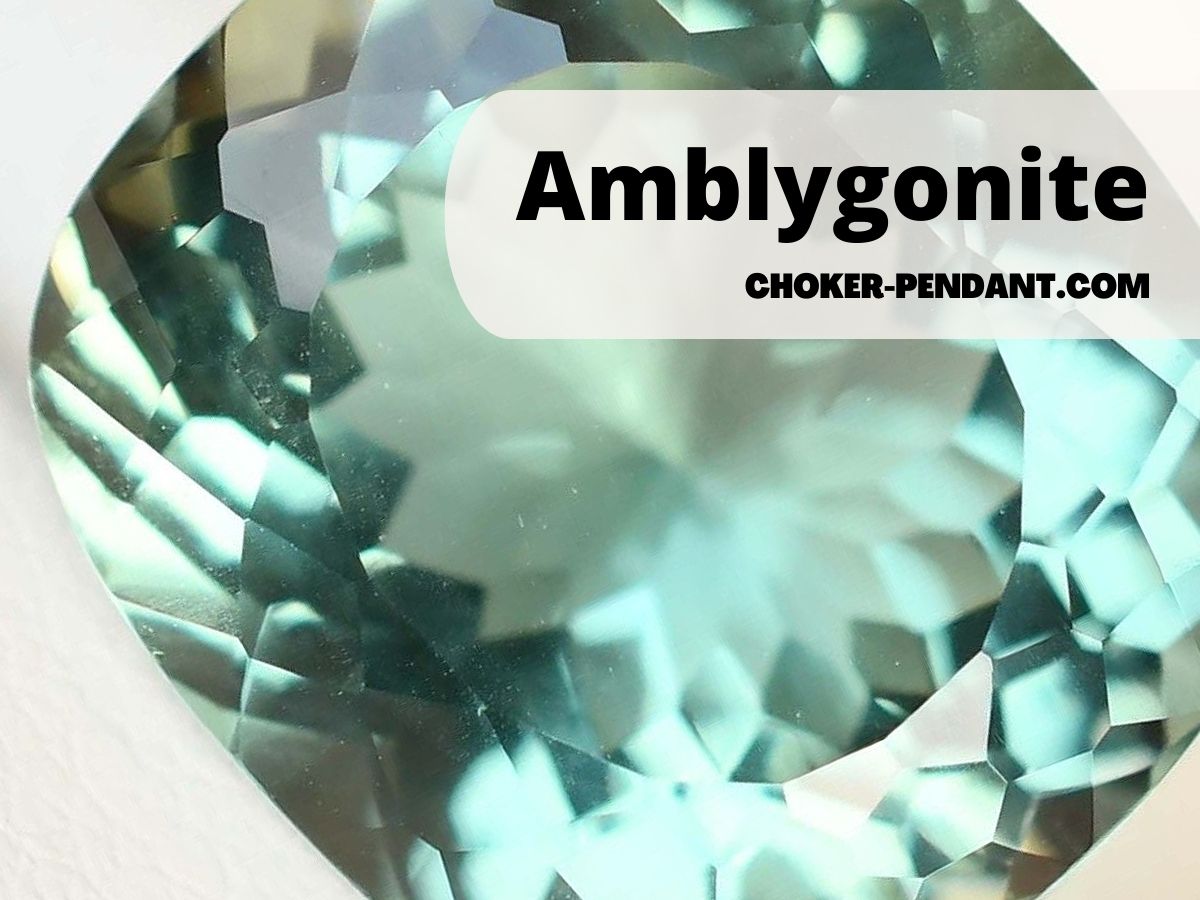Diamonds and cubic zirconia are two of the most popular gemstones in the world. While they may look similar, there are a number of key differences between the two. This blog post will explore the contrasting features and values of diamonds and cubic zirconia, helping you to make an informed decision when choosing a gemstone for your next piece of jewelry.
Diamonds are naturally occurring gemstones that are made of pure carbon. They are the hardest natural substance on Earth, and are known for their brilliance and fire. Diamonds are also very durable, making them ideal for everyday wear.
Cubic zirconia is a synthetic gemstone that is made of zirconium dioxide. It is much less expensive than diamonds, but it is also less durable and has a lower refractive index, meaning that it does not sparkle as brightly. Cubic zirconia is often used as a diamond simulant, and can be difficult to distinguish from diamonds to the untrained eye.
Brief Overview of the Importance and Allure of Gemstones in Human History
For centuries, gemstones have held immense cultural and historical significance across various civilizations worldwide. These precious stones have been revered not only for their aesthetic appeal but also for their perceived metaphysical properties.
Ancient Egyptians believed that gems possessed powers that could protect them from evil forces and bring them good luck. In Hindu culture, certain gemstones were linked to the nine planets in astrology and were worn to influence positive energy in one’s life.
Throughout history, gemstones have also served as symbols of wealth and social status. In medieval Europe, only nobility had access to precious gems such as diamonds or rubies.
Gem-encrusted crowns worn by kings and queens showcased power and prestige. Even today, gemstone jewelry is often considered a symbol of luxury and elegance.
Introduction to Diamond and Cubic Zirconia as Popular Gemstone Alternatives
Diamonds are undoubtedly the most coveted gems worldwide due to their exceptional durability and unmatched brilliance. They are formed deep within the Earth’s mantle under intense pressure and heat over millions of years. Diamonds’ rarity adds to their allure; they are found in select regions around the globe.
On the other hand, cubic zirconia has gained popularity as a synthetic alternative to diamonds. First synthesized in the 1970s, cubic zirconia is made from zirconium dioxide.
Its creation involves a meticulous process that replicates the conditions necessary for natural diamond formation. The result is a gemstone that closely resembles the appearance of diamonds at a fraction of the cost.
Despite their differences, both diamonds and cubic zirconia possess qualities that make them highly desirable gemstones in their own right. Understanding these distinctions can help individuals make informed decisions when choosing between these alternatives based on their personal preferences and budget constraints.
Difference Between Diamond and Cubic Zirconia
- Composition: Diamonds are made of carbon, while cubic zirconia is a synthetic material made of zirconium dioxide.
- Hardness: Diamonds are the hardest natural substance on Earth, while cubic zirconia is much softer.
- Density: Diamonds are denser than cubic zirconia.
- Refractive index: Diamonds have a higher refractive index than cubic zirconia, which means they sparkle more.
- Dispersion: Diamonds have a higher dispersion than cubic zirconia, which means they produce more rainbow colors when light passes through them.
- Inclusions: Diamonds typically have inclusions, which are tiny imperfections within the stone. Cubic zirconia is usually free of inclusions.
- Price: Diamonds are much more expensive than cubic zirconia.
Distinguishing Diamond from Cubic Zirconia
| Characteristic | Diamond | Cubic Zirconia |
|---|---|---|
| Composition | Carbon | Zirconium dioxide |
| Hardness | 10 on the Mohs scale | 8.5 on the Mohs scale |
| Density | 3.52–3.57 g/cm³ | 5.65–5.70 g/cm³ |
| Refractive index | 2.417–2.421 | 2.15–2.18 |
| Dispersion | 0.044 | 0.066 |
| Inclusions | Typically present | Usually absent |
| Price | Much more expensive | Much less expensive |
Thesis Statement: While both diamond and cubic zirconia share similarities in appearance, they differ significantly in terms of composition, properties, and value.
Although diamond and cubic zirconia may appear strikingly similar to the untrained eye, closer examination reveals distinct disparities between these two gemstones. While both possess an undeniable sparkle and brilliance, their chemical composition sets them apart.
Additionally, their physical properties such as hardness and refractive index contribute to variations in appearance. The rarity and market value associated with diamonds make them a highly prized possession with a significant price tag compared to more affordable cubic zirconia.
In this article, we will delve into the fascinating world of diamonds and cubic zirconia, exploring their composition, physical characteristics, and factors that influence their value. By shedding light on these differences, we aim to provide readers with valuable insights to appreciate each gemstone individually while making an informed decision when selecting one for themselves or as a gift for someone special.
Composition
Diamond
Diamonds, those exquisite gemstones that captivate hearts and symbolize eternal love, possess a unique chemical composition. At their core, diamonds consist of pure carbon atoms arranged in a crystal lattice structure. This arrangement gives diamonds their exceptional hardness and clarity.
The carbon atoms bind together through strong covalent bonds, forming a three-dimensional network with remarkable stability. The formation of diamonds is an extraordinary geological process that occurs deep within the Earth’s mantle under intense heat and pressure.
Billions of years ago, carbon-rich materials were subjected to temperatures exceeding 1,000 degrees Celsius and pressures over 725,000 pounds per square inch. Under these extreme conditions, carbon atoms gradually crystallized into diamond structures over millions of years via a process called “crystallization.” As molten magma rises to the surface through volcanic activity, it carries these precious crystals along with it.
While most diamonds possess exceptional transparency and colorlessness due to their pure composition, some may contain impurities that alter their appearance. These impurities can be present in the form of trace elements such as boron or nitrogen present during diamond formation.
They can affect the coloration of diamonds, resulting in stunning hues like yellow or blue. Thus, even though chemically composed solely of carbon atoms, variations in impurity levels contribute to the vibrant spectrum of natural diamond colors.
Cubic Zirconia
Cubic zirconia (CZ) stands as a popular alternative to natural diamonds due to its close resemblance at a fraction of the cost. This synthetic gemstone consists primarily of zirconium dioxide (ZrO2), which undergoes controlled synthesis processes within laboratories worldwide. To create cubic zirconia crystals resembling diamonds’ brilliance and clarity, scientists use specialized techniques such as the “skull crucible” method or “hydrothermal synthesis.” In skull crucible growth, powdered zirconium dioxide is heated to extreme temperatures until it melts into a molten state.
Then, carefully controlled cooling allows the zirconia molecules to form crystals with a cubic structure, mimicking the natural diamond’s crystal lattice. The hydrothermal synthesis method involves dissolving zirconium dioxide precursors in a high-temperature and high-pressure water solution.
Over time, under specific conditions, the dissolved precursors gradually crystallize into cubic zirconia structures. These methods enable scientists to replicate the visual properties of diamonds while ensuring that cubic zirconia remains more accessible and affordable for those seeking an alluring gemstone alternative.
While diamonds consist of pure carbon atoms formed naturally over extensive periods deep within the Earth’s mantle, cubic zirconia is a man-made gemstone composed of synthesized zirconium dioxide crystals. Understanding their distinct compositions provides insights into their unique characteristics and allure in the world of fine jewelry.
Physical Properties
Diamond
When it comes to physical properties, diamonds truly stand out as remarkable gemstones. One of the most notable features of diamonds is their exceptional hardness. Diamonds are renowned for their incredible durability and rank at the top of the Mohs scale, which measures a mineral’s hardness.
With a perfect score of 10, diamonds are the hardest known natural substance on Earth. This impressive attribute makes diamonds highly resistant to scratching and abrasion, ensuring their long-lasting beauty.
Moreover, what sets diamonds apart in terms of their visual appeal is their unique ability to reflect light. The refractive index of a diamond determines its brilliance, fire, and scintillation – three essential characteristics that contribute to its exquisite sparkle.
Due to their high refractive index, which measures 2.42, diamonds have a remarkable ability to bend and disperse light in mesmerizing ways. This results in dazzling flashes of spectral colors when light interacts with a well-cut diamond’s facets, creating an enchanting play of brilliance and fire.
Cubic Zirconia
While cubic zirconia may not possess the same level of physical properties as diamonds do, it still offers its own set of distinctive qualities that make it an intriguing alternative. In terms of hardness comparison with diamond, cubic zirconia falls significantly short on the Mohs scale with a rating between 8 and 8.5 – making it considerably softer than its natural counterpart.
This lower level of hardness means that cubic zirconia is more susceptible to scratches over time compared to diamonds. The differences between cubic zirconia and diamonds become even more apparent when examining their optical properties.
Cubic zirconia has a lower refractive index than that of diamond, typically ranging from 2.15 to 2.18 depending on material quality and cut precision. Consequently, cubic zirconia lacks the same level of brilliance, fire, and scintillation as diamonds.
Although cubic zirconia can still exhibit a degree of sparkle and shine, it often lacks the mesmerizing play of light that diamonds are renowned for. Nevertheless, cubic zirconia’s affordability and ability to mimic the appearance of diamonds make it an appealing option for those seeking a more budget-friendly alternative.
While both diamond and cubic zirconia possess their own unique physical properties, it is evident that diamonds reign supreme in terms of hardness and optical brilliance. Diamonds’ position as the hardest natural substance on Earth ensures their longevity and resistance to wear over time.
Additionally, their high refractive index allows them to create an unparalleled display of light reflection, resulting in breathtaking sparkle and fire. Although cubic zirconia may not match diamonds in these aspects, its affordability and moderate optical qualities make it an attractive choice for individuals seeking a similar visual appeal at a fraction of the cost.
Value and Cost Factors
Diamond: Rarity and Exorbitant Prices
Diamonds have long been associated with luxury, wealth, and exclusivity, largely due to their rarity in nature. The scarcity of diamonds significantly contributes to their high value in the market. Diamonds are formed deep within the Earth’s mantle under intense pressure and temperatures over millions of years.
The geological conditions required for this natural formation make diamonds a precious commodity. The rarity of certain diamonds is further enhanced by the presence of captivating qualities such as large carat weights, exceptional clarity, or exquisite color.
These unique characteristics can elevate a diamond’s worth to astronomical levels. Examples include renowned diamonds like the Hope Diamond or the Pink Star Diamond, which have achieved legendary status and fetched jaw-dropping prices at auctions.
Cubic Zirconia: Affordability without Compromise
In contrast to diamonds, cubic zirconia (CZ) is an affordable gemstone that offers an alternative option for those seeking a diamond-like appearance without breaking the bank. Cubic zirconia is synthesized in laboratories using controlled conditions to achieve its flawless crystal structure composed of zirconium dioxide.
The affordability of cubic zirconia can be attributed to several factors. Firstly, unlike diamonds that require extensive mining operations and exploration costs, cubic zirconia is mass-produced in laboratories with advanced technology and techniques.
Additionally, CZ does not possess the same level of rarity as natural diamonds since it can be produced on demand. Moreover, while cubic zirconia may lack the prestige associated with natural gemstones like diamonds, it provides an accessible option for individuals who desire a stunning stone with remarkable brilliance at a fraction of the cost.
Conclusion
While both diamond and cubic zirconia share similarities in terms of their appearance as sparkling gemstones coveted for jewelry designs; they differ significantly in terms of their composition, properties, and value. Diamonds, with their exceptional rarity and unique qualities, hold an unparalleled position in the market, fetching exorbitant prices at auctions due to their scarcity. On the other hand, cubic zirconia offers an affordable alternative without compromising on visual appeal.
It provides a brilliant sparkle and can be an excellent choice for individuals seeking stylish jewelry at a more accessible price point. Ultimately, whether one opts for a diamond or cubic zirconia depends on personal preferences and budget considerations.
The world of gemstones is vast and diverse, offering choices that cater to different tastes and needs. So whether you choose the breathtaking allure of a diamond or the affordability of cubic zirconia, both can bring joy and beauty into your life.




